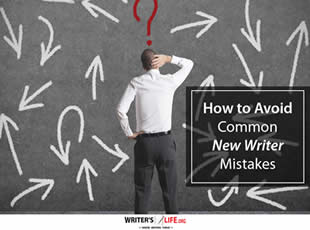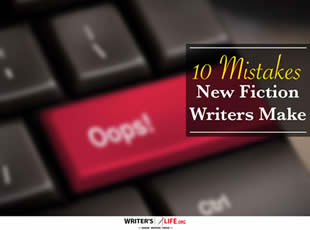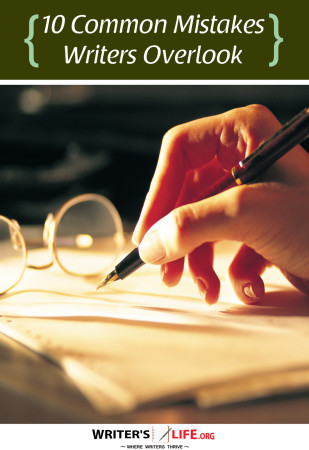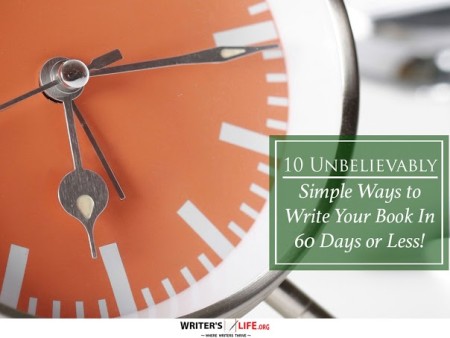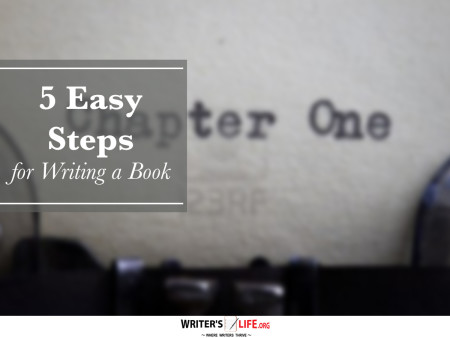- How To Tackle Jealousy In Creative Writing
- Common Submission Mistakes
- How To Stop Your Blog Becoming Boring
- The One Thing Every Successful Writer Has In Common
- How To Make Yourself Aware Of Publishing Scams
- Why Almost ALL Writers Make These Grammar Mistakes At Some Point
- 5 Tips For Authors On How To Deal With Rejection
- Top Mistakes to Avoid When Writing a Novel
- How to Avoid Common New Writer Mistakes
- 10 Mistakes New Fiction Writers Make
How to Make Your Writing More Visual Without Overloading Detail

Using visual writing techniques can transform your prose into vivid, engaging narratives without burdening readers with excessive detail. It's a delicate dance—painting a picture with words that captivates yet doesn't overwhelm. Let's explore how you can achieve this balance and elevate your storytelling.
Writing Techniques for Visual Impact: Start with Your Senses
How's your writing journey been so far? Have you ever found yourself so entrenched in describing a scene that it starts to read like a list of details? This is where writing techniques for visual impact come into play. By focusing on the senses—sight, sound, smell, touch, and taste—you invite readers to experience the scene rather than just observe it. Think of it as weaving a tapestry of sensory experiences.
Try this next time you write: instead of simply describing a meadow as 'green and full of flowers,' engage multiple senses by weaving in the rustle of leaves, the earthy smell of soil, or the warmth of the sun. Such details not only create a more immersive experience but also trim unnecessary words, crafting visual narratives that are both detailed yet clear.
Want to take it a step further? According to Wikipedia, effective storytelling often relies on the 'show, don't tell' principle. It's the art of letting readers infer emotions and actions from vivid, sensory-rich descriptions.
Visual Storytelling Method: Create Mood and Atmosphere
Ever thought about how mood influences your writing? Visual storytelling methods can generate atmosphere and immerse readers further. Imagine describing a thunderstorm. You could write, 'It rained hard.' Or, you could say, 'Thunder rumbled in the distance as lightning clawed the sky, and raindrops pounded the windows like a relentless drummer.' Which paints a clearer picture?
Using such visual techniques in writing can help establish a backdrop that enhances your narrative’s tone. The goal is avoiding visual overload in writing by selecting the most potent details to convey mood effectively. This approach, in turn, ensures your writing remains vivid without becoming cumbersome.
If you're curious about promoting your book after it's published, check out our Book Marketing Articles for more tips.
Effective Visual Writing Tips: Use Metaphors and Similes Wisely
We all love a good metaphor, right? Metaphors and similes can enrich your storytelling but should be used judiciously. To keep your writing visually captivating yet clear, borrow these effective visual writing tips: make comparisons that enhance understanding and resonate emotionally with your readers.
Consider this: A character's anger could be described as 'boiling over like a forgotten kettle'—it's not just a vivid picture but also communicates emotion effectively. Crafting visual narratives with such techniques allows readers to connect on a deeper level, witnessing the scene with crystalline clarity.
Avoid overusing these figures of speech, though, as too many can clutter your prose. Like seasoning in cooking, a sprinkle suffices to add flavor without overwhelming the dish.
Visual Writing Without Overload: Master the Art of Subtraction
The best writers know that great writing often involves what you don’t say. Crafting visual narratives is not about dumping in every detail but about picking the right ones. Visual writing without overload involves considering what can be eliminated to make the most striking images shine.
Ask yourself: Which details add value to the scene and which are merely superfluous? Editing with this mindset ensures your writing remains engaging and impactful. It's like carving a sculpture; sometimes, removing the excess is what reveals the masterpiece.
Prune redundant information and let the visual storytelling method guide your revisions. Although it may seem daunting, learning to let go of unnecessary detail will enhance the clarity of your narrative.
Crafting Visual Narratives: Bring Characters to Life
Characters shouldn't just exist; they should leap off the page, animated and tangible to your readers. This is where crafting visual narratives shines. Describe their quirks, mannerisms, and expressions. Let readers see their smiles, hear their accents, and feel their nervous fidgets.
A character sketch of a protagonist glancing at their watch isn't just about 'checking the time'; perhaps it's an anxious twitch during a heated discussion, underlining tension with a subtle motion. Such nuanced-yet-clear imagery breathes life into your characters.
Effective visual writing tips can transform flat characters into three-dimensional beings by paying attention to those small, revealing details that paint a picture in the reader's mind.
Frequently Asked Questions About Visual Writing Techniques
Q: How can I avoid overwhelming readers with descriptions?
A: Focus on sensory details and eliminate unnecessary information; be selective in what you describe to enhance clarity.
Q: What's the best way to use metaphors in writing?
A: Use metaphors sparingly to clarify ideas and evoke emotions; avoid overloading your text with excessive comparisons.
Q: How do I make my characters more vivid?
A: Use specific actions and expressions to show personality traits, engaging readers by showing rather than telling.
If you're serious about growing your author career, don't miss out on these free tools and templates built specifically for writers. Access all 7 free resources here.



















